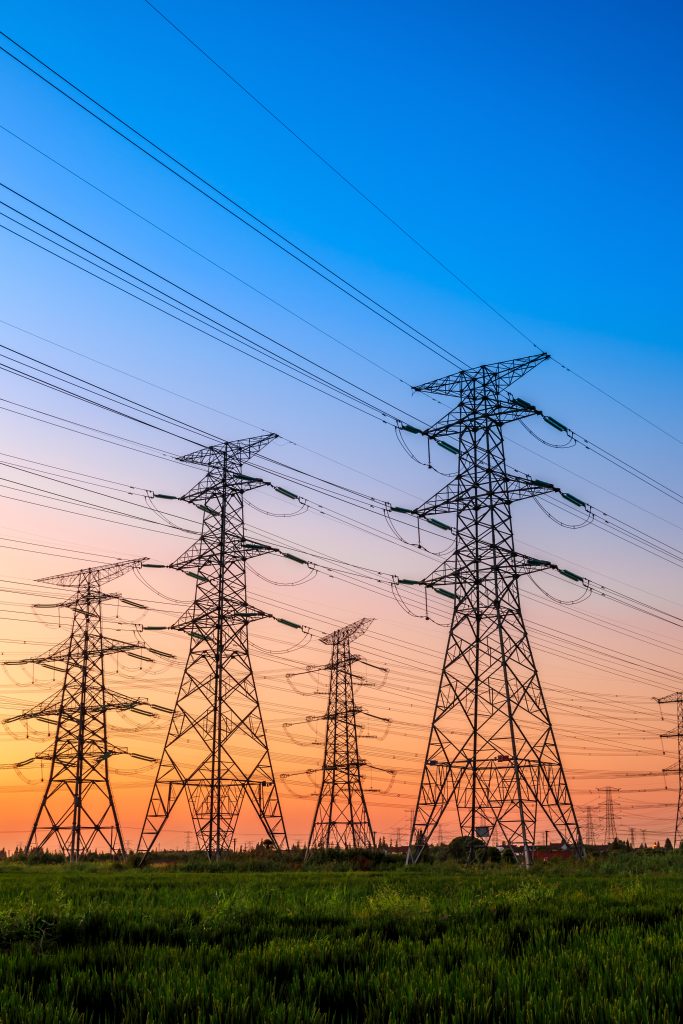Electricity can travel through water because water is a conductor, especially when it contains impurities or dissolved salts that provide ions to carry electrical charges. This is why it’s dangerous to operate electrical devices near water or to touch water that may be in contact with electricity. Pure water without impurities (distilled water) is a much poorer conductor of electricity because it lacks the ions necessary for conducting electric current. However, most water we encounter in our daily lives, including tap water and natural water bodies, has enough dissolved substances to conduct electricity. Safety measures, such as using Ground Fault Circuit Interrupters (GFCIs) in areas near water, are important to prevent electrical accidents. Electrical systems are designed with this conductivity in mind to ensure safety and prevent electrical hazards.

A smart metre is an advanced metre that records your energy usage in real-time and sends the information to your utility company automatically. It allows you to monitor your energy usage and costs more accurately, and eliminates the need for manual metre readings. Smart metres also enable utilities to offer more innovative pricing plans, such as time-of-use tariffs, which charge different rates depending on the time of day or season.
Electricity in Canada is generated from a diverse mix of sources, reflecting the country’s vast natural resources and commitment to renewable energy. The primary source of electricity is hydroelectric power, leveraging Canada’s abundant waterways to generate clean, renewable energy. Nuclear power is another significant source, providing a large portion of the country’s electricity with a low carbon footprint. Fossil fuels, such as coal and natural gas, also play a role in electricity generation but are being progressively replaced or supplemented with renewable sources like wind, solar, and biomass. Canada’s energy policy emphasizes sustainability and reducing greenhouse gas emissions, leading to investments in renewable energy technologies and infrastructure. This diverse energy mix ensures a stable and sustainable electricity supply nationwide.
Electricity can arc in a vacuum, but the conditions and mechanisms differ significantly from arcing in air or other media. In a vacuum, there are no gas molecules to ionize and conduct electricity in the usual sense. However, electricity can still travel through a vacuum via thermionic emission or field emission. Thermionic emission occurs when heat causes electrons to be emitted from a material, while field emission can happen at very high electric fields that pull electrons out of a surface. Specialized equipment and high voltages are often required to achieve electrical arcing in a vacuum. This principle is utilized in vacuum tubes and certain types of electronic devices where controlled arcing or electron flow in a vacuum is desired for their operation.
The delivery charge that you see on your bill covers the upkeep cost of the infrastructure that is used to deliver the energy to your home. The delivery charge is regulated by the Alberta Utilities Commission (AUC). For electricity, this includes power lines and transformers, and for natural gas, this includes pipelines and compressor stations. Visit our blog to learn more about what fees are included in your power bill.
Your electricity charge consists of two parts:
Your electricity usage is measured by your meter. Your meter number is specific to your meter. The usage charges account for the actual amount of energy you used during the billing timeframe.
Delivery charges are 100% regulated by the government and are solely dependent on where in the province your site is located. Changing providers does not alter your delivery charges as changing providers does not change the distribution network your site is connected to. Visit our blog to learn more about what fees are included in your bill.
Canada’s electricity landscape showcases a varied mix of energy sources, mirroring the nation’s vast and diverse natural resources and its dedication to both sustainable and conventional energy. Leading the way is hydroelectric power, which plays a pivotal role in Canada’s electricity supply. This is largely due to the country’s plentiful rivers and waterways, allowing for the generation of electricity in a clean and efficient manner. Alongside hydro, nuclear power is another key player, particularly in provinces like Ontario, where it provides a major portion of the electricity needs. Nuclear plants generate power through nuclear fission, producing substantial energy from minimal fuel and doing so without direct greenhouse gas emissions.
In addition to these, Canada also harnesses electricity from several other sources. Natural gas, for instance, is increasingly becoming a significant part of the energy mix, offering a flexible and relatively cleaner alternative to other fossil fuels. Wind energy is on the rise as well, contributing to Canada’s renewable energy portfolio with its growing number of wind farms. Moreover, while less prevalent, coal-fired power plants still contribute to the national grid, particularly in regions where other resources are less accessible. This blend of hydro, nuclear, natural gas, wind, and coal underscores Canada’s multifaceted approach to electricity generation, balancing ecological considerations with the practicalities of energy needs and availability.
Links